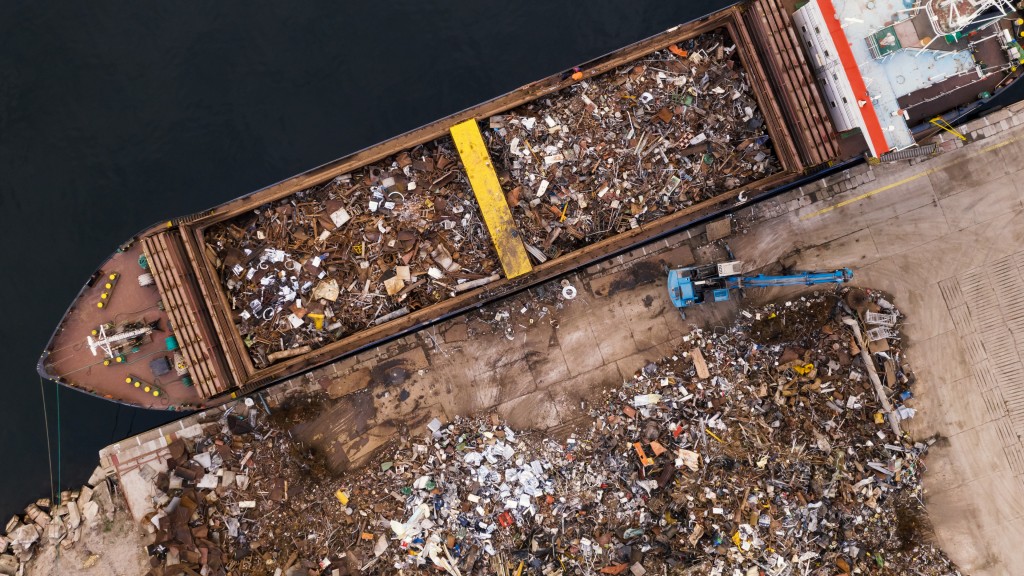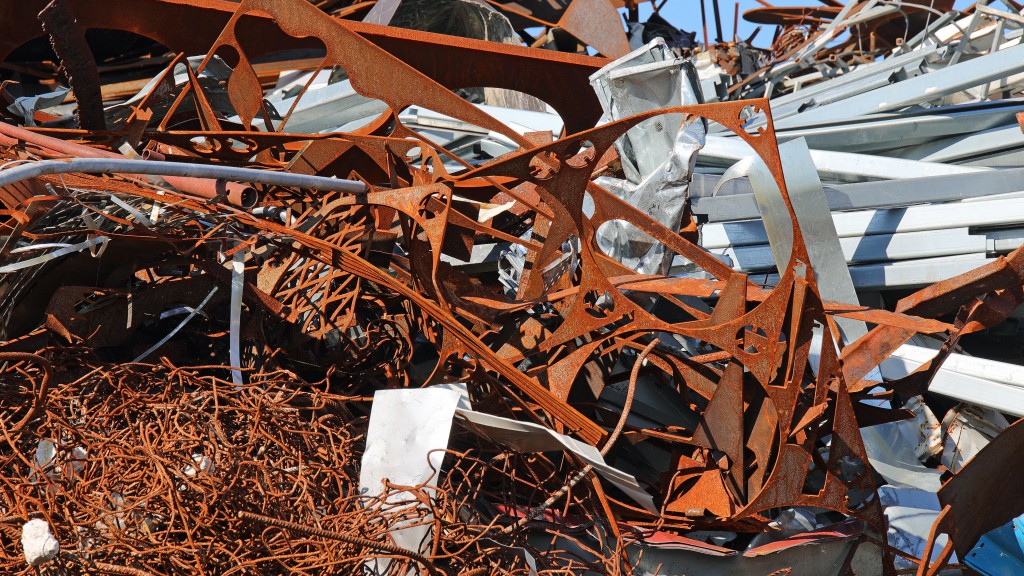
BIR's Ferrous Division session at the Abu Dhabi convention focused on the consequences for recyclers as the steelmaking industry looks to decarbonize in the coming decades. Kedar Joshi, the markets manager of Asia for Davis Index, was a guest speaker.
Joshi said that two important pronouncements in the previous three months showed him that scrap traders and recyclers were finally getting due recognition. The World Economic Forum said 6.5 billion tonnes of materials will be needed between now and 2050 for the energy transition with steel, copper, and aluminum accounting for around 95 percent of this. Procuring that material will not be possible without recycling.
Joshi argued that these perceptions meant:
- Integrated mills will have to increase scrap utilization to meet investor and community demand for lower carbon scores;
- higher demand for finished products with different environmental, social, and corporate governance and carbon footprint ratings would boost scrap utilization;
- lighter substitute materials such as aluminum placed steel under pressure;
- increased electric vehicle (EV) penetration was changing the typical shredder feedstock mix.
Acknowledging steel as a strategic resource
On the topic of labelling recycled steel as a strategic resource, Josh said: "Growing protectionism and the political need for better domestic supply chains are causing a rise in regional markets. This changes traditional trade routes. We expect this trend to continue."
That protectionism was already evident, he said, with more than 60 countries having banned or in the process of restricting exports to support domestic producers.
"We are at the beginning of a 30-year demand super cycle for recycled steel," continued Joshi. "If there are no major disruptions from new materials this new demand shift will last decades longer."
In his talk, Joshi also called the market for recycled steel "industry 4.0. "For our industry, the 4.0 era will mean having to embrace better technology to identify, sort, process, and ship materials."
The other guest speaker, Davide Braga, head of global capital equipment sales at Danieli Centro Recycling in Italy, said demand for steel would continue to grow slowly to 2050 with mill owners looking to cut CO2 emissions by between 70 percent and 90 percent by then. The switch towards electric arc furnaces (EAFs), he said, would double their share of the production by 2050 and include a significant increase in direct reduced iron (DRI) production. More than an extra 300 million tonnes of scrap per year would be needed to feed the additional EAF production in the transition to green steel.
Presenting the update to BIR's 14th edition of World Steel Recycling in Figures, Statistics Advisor Rolf Willeke said that global crude steel production in the first half of 2023 totalled 943.9 million tonnes for a decline of 1.1 percent over the same period in 2022.
"From our own calculations and those of Worldsteel, it has been concluded that some 630 million tonnes of recycled steel are used each year in global steel production, thereby preventing almost 950 million tonnes of CO2 emissions while also saving energy and conserving natural resources," Willeke said.
The proportion of recycled steel used in crude steel production was 21.7 percent in China, 60.3 percent in the EU-27, and 54.7 percent in the USA. Willeke said that a noteworthy figure was Turkey's 87.2 percent of recycled steel used in crude steel production. His final graph showed both the U.S. and E.U. export prices followed a parallel course. From May to June 2023, prices for HMS 1 in the USA and 80/20 in the EU increased to $369 and $378 per tonne respectively.
"This is a great sign that our market for recycled steel is a world market. We can [safely] say we can support the steel industry on its way to green steel," finished Willeke.




